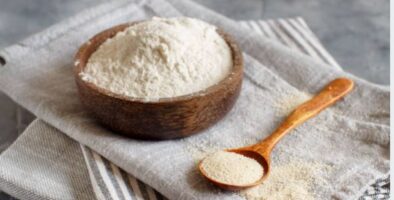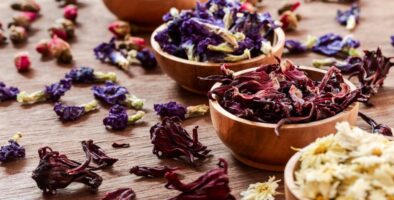WHAT IS A FIBER RICH DIET?
As fiber is only found in plant-based foods, you should naturally find yourself eating less meat on a high fiber diet. Also, many of the best fiber sources are whole nutrient-dense foods. A high fiber diet also helps in increasing healthier eating patterns overall. High fiber foods such as whole grains, fruits, vegetables, nuts, and seeds takes longer to chew comparatively than other foods and will help to keep you full for a long time. Add more fiber-rich foods into your diet to help you eat slower, enjoy your meals, and prevent overeating.
A high fiber diet has various health benefits. Eating more fiber helps you in maintaining a healthy body & weight by keeping you full and reducing the chance of overeating. High fiber foods may also reduce the risk of certain cancers and help increase a healthy gut by helping waste to pass through your digestive system methodically.
SOLUBLE FIBER
When soluble fiber enters our digestive system, it breaks down in water and takes on a thick gooey form. This type of fiber is usually derived the inner flesh of plant-based foods. In the large intestine, such fibers such as pectin (the same “pectin” found in jams and jellies), inulin, gum, mucilage, and beta glucan mix with partially digested foods to help them pass systematically.
Soluble fibers helps in maitaining a healthy heart by controlling cholesterol levels in the body and by lowering blood pressure. It can also be very helpful to those suffering from lifestyle diseases.
Foods high in soluble fiber include apples, oranges, black beans, lentils, whole-grain oats, etc.
INSOLUBLE FIBRE
Insoluble water holds water once it enters the digestive system and sweeps waste through the large intestine. This type of fiber is taken from a plant’s tough, outer skin and is made up of cellulose and lignin molecules. Usually, you’ll find insoluble fiber in the skins of fruits and vegetables such as apples, pears, and potatoes.
Insoluble fiber prevents constipation and difficulties such as hemorrhoids by bulking up the stool, helping it pass more quickly through the intestines. It helps in decreasing the risk of colorectal cancer by speeding up waste’s movement through the digestive tract.
Foods rich in insoluble fiber include corn, apples, kidney beans, whole wheat bread, etc.
PREBIOTIC FIBRE
Some fibers that are soluble in nature such as pectin, beta glucan, and inulin are prebiotic, that is they can be fermented into energy sources for the good bacteria, or probiotics, in your large intestine.
Eat more prebiotic fiber to help the good bacteria grow and they will give back by providing key health benefits. Specifically, prebiotics such as inulin produce short-chain fatty acids that help the body better soak up important minerals – calcium, iron and magnesium. These fatty acids may also protect against swelling, lower cholesterol, and reduce the risk for colorectal cancer. It may also help boost overall immunity.
Foods rich in prebiotic fiber include garlic, barley, bananas, etc.
Hence, there are some of the best high fiber fruits, vegetables, legumes, grains, nuts, and seeds which include lentils, black beans, pumpkin, broccoli, bananas, oatmeal, almonds, walnuts, etc.










